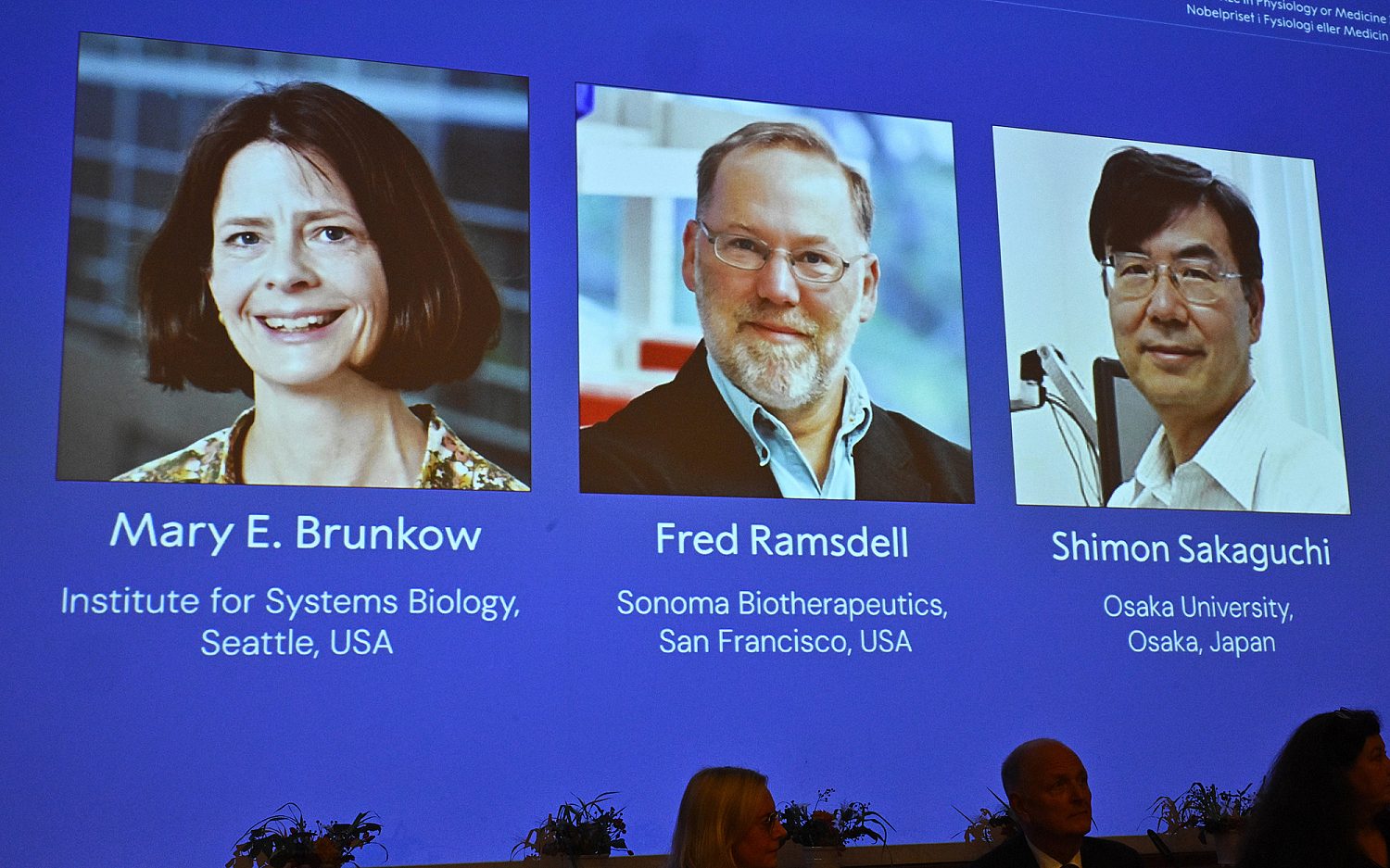Carbon emissions rendering carbon dating tests useless
A build-up of carbon dioxide in the atmosphere from fossil fuel emissions will render dating by radiocarbon analysis unreliable in the next 30 years, according to a paper recently published in Proceedings of the National Academy of Science (PNAS).
Since the late 1940s, the dating process has been a standby for a wide array of scientific disciplines to determine the age of organic material, up to what scientists claim is tens of thousands of years. But the approach, based on an assumption that the level of radioactive carbon in the atmosphere today is essentially the same as it was in past millennia, may not be as reliable as once thought.
In 1949, chemist Willard Libby developed Carbon-14 dating analysis, and won a Nobel Prize for the process in 1960. It compares the level of one radioactive carbon atom (14C), which decays at a measurable rate over time, with the level of another, more stable carbon (C) atom. When plants and animals die, they no longer ingest radioactive carbon, thereby setting in motion a built-in nuclear clock. Tests against the annual tree rings of sequoia proved the process reliable.
But carbon in the atmosphere from fossil fuel emissions dilutes the level of radioactive carbon and skews the results, eventually dating the air we breathe at 1,000 to 2,000 years old, according to calculations by Imperial College London climate-physics researcher Heather Graven.
“Over the next century, fossil-fuel emissions will produce a large amount of CO2 with no 14C because fossil fuels will have lost all 14C over millions of years of radioactive decay,” she wrote in the PNAS article.
Graven predicts that by 2050, this dilution of the ratio of 14C to C in atmospheric CO2 will make fresh organic material appear indistinguishable by radiocarbon dating from samples from 1050.
Radiocarbon analysis is used in such fields as earth science, archeology, forgery detection, isotope forensics, and physiology to date archeological specimens, identify human and animal tissues, determine the vintage of wine and whiskey, and more.
“Some current applications for 14C may cease to be viable, and other applications will be strongly affected,” Graven wrote.
The 14C to C ratio has been affected in past years by nuclear weapons testing, fossil-fuel emissions, and CO2 cycles among atmospheric, oceanic and terrestrial reservoirs. Although fossil-fuel combustion will determine the ratio in coming years, Graven reports simulated emission scenarios indicate “ambitious emission reductions” could sustain a 14C to C ratio in CO2 near pre-industrial levels. But current emission trends likely will accelerate atmospheric aging, making radiocarbon dating analysis unreliable for samples up to 2,000 years old.
An actual newsletter worth subscribing to instead of just a collection of links. —Adam
Sign up to receive The Sift email newsletter each weekday morning for the latest headlines from WORLD’s breaking news team.




Please wait while we load the latest comments...
Comments
Please register, subscribe, or log in to comment on this article.